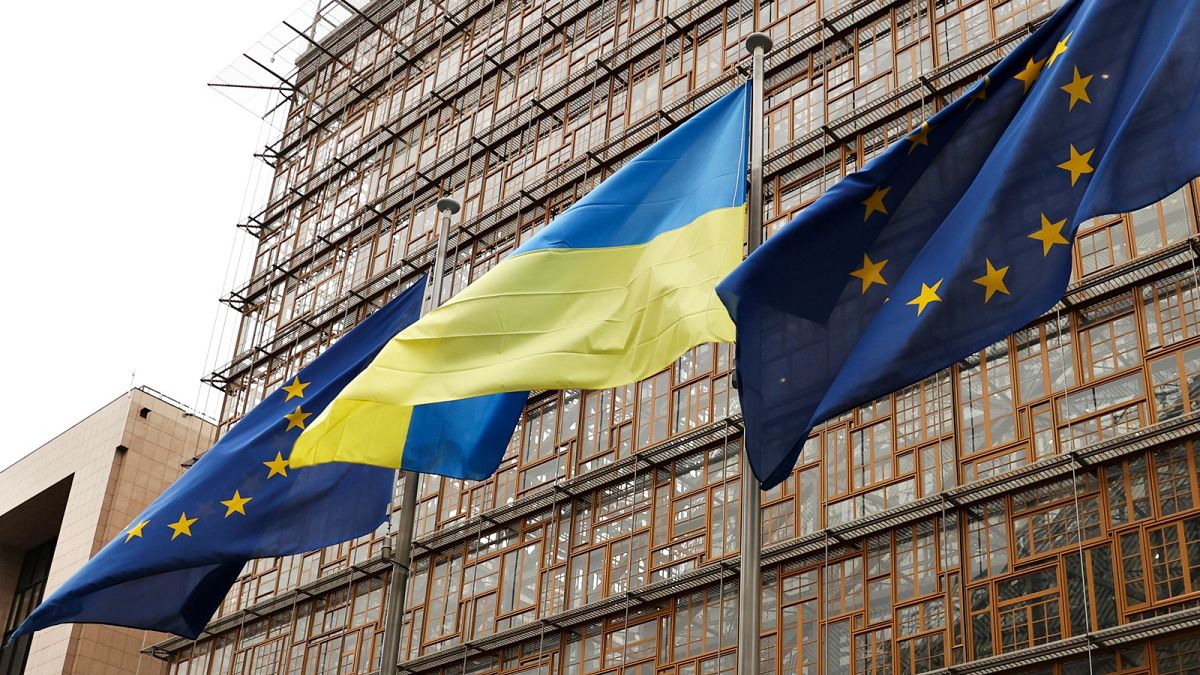The European Union has approved a plan to issue a €35 billion loan to Ukraine using Russia’s frozen assets as collateral. This is part of a larger initiative by G7 allies to provide €45 billion in total to help Ukraine, which is facing a renewed Russian offensive that has caused significant damage to its infrastructure and military supplies. The agreement was reached by ambassadors and aims to provide flexible financial assistance to the Ukrainian government starting early next year.
The EU’s decision to use Russia’s frozen assets to support Ukraine comes after Hungary’s announcement that it would block changes to the EU sanctions regime until after the upcoming US presidential election. The proposed amendment would extend the renewal period for sanctions on Russia’s frozen assets from six months to 36 months, aiming to make the project more predictable and address concerns from G7 members, particularly the US.
Under the G7 plan, the profits generated by Russia’s frozen assets will be used to gradually repay the multi-billion euro loan provided to Ukraine by the allies. If these profits are insufficient, the burden will fall on the G7 countries. Originally, the EU and the US were expected to contribute equally to the loan, but due to lack of specifics from Washington, the EU has increased its share to €35 billion. Other G7 members like Canada, the UK, and Japan, as well as Australia, may also contribute to the loan.
While the agreement paves the way for the EU to raise its share of the loan and begin disbursing funds in early 2025, Hungary’s refusal to amend the sanctions regime could delay the final decision at the G7 level. The US is likely to increase its financial commitment if the renewal period is extended to 36 months, but challenges remain in negotiations due to differing priorities among G7 members. Despite these obstacles, the overall goal of providing much-needed financial assistance to Ukraine remains a top priority for the allies.
In response to the agreement, a diplomat noted that there is still a missing piece to the puzzle, indicating that further negotiations and discussions may be needed to finalize the deal. The EU’s decision to leverage Russia’s frozen assets to provide financial support to Ukraine reflects a unified effort by G7 allies to address the ongoing conflict in the region and support a country in need. The long-term impact of this decision remains to be seen, but it demonstrates a commitment to solidarity and cooperation among G7 members.











